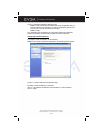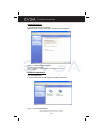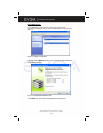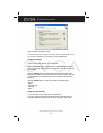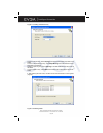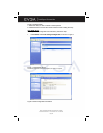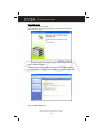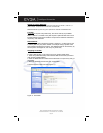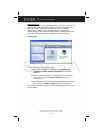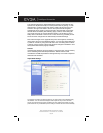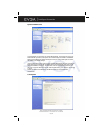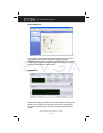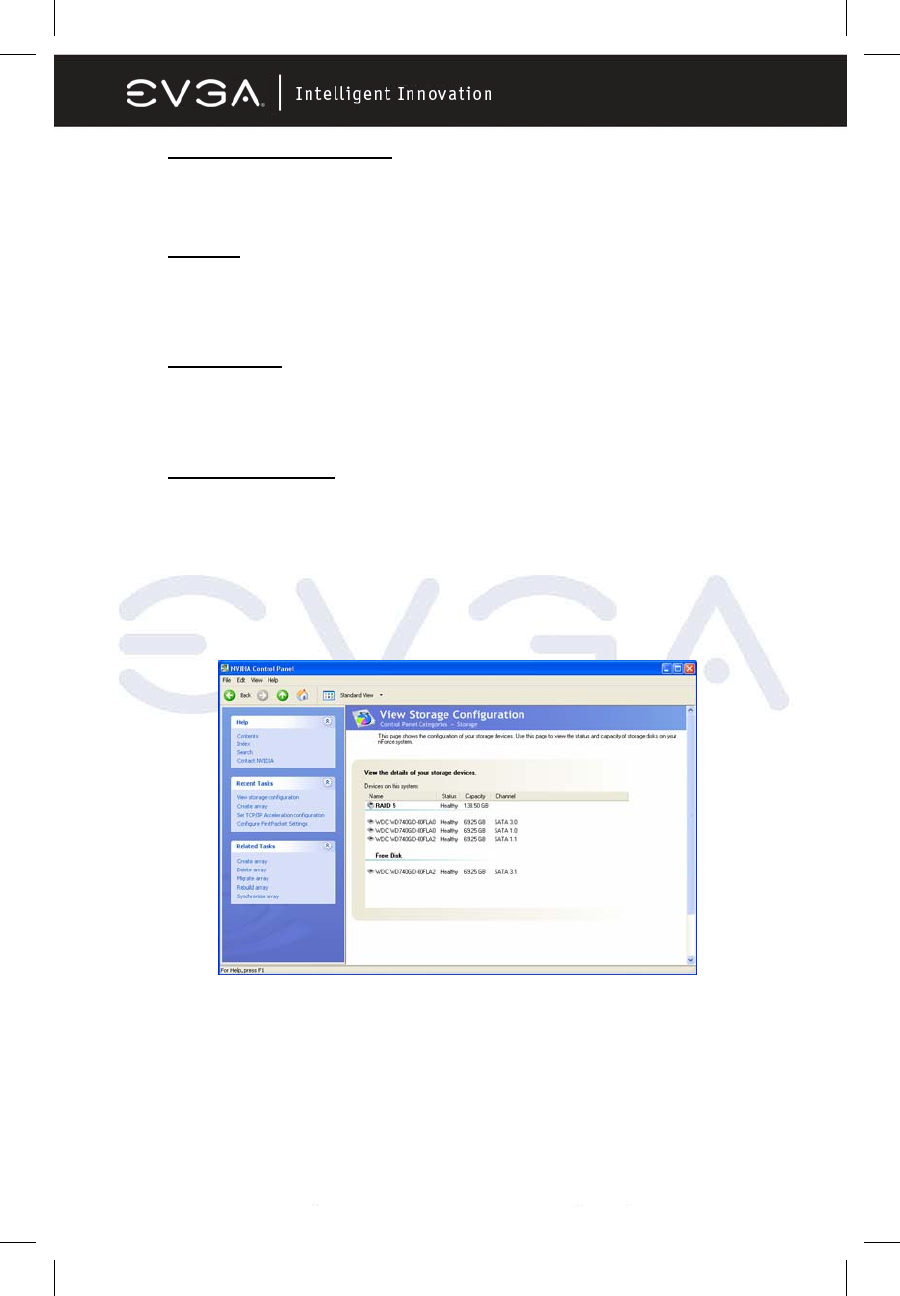
EVGA Corporation 2900 Saturn St. Suite B, Brea, CA 92821
Phone: 888 / 881-EVGA - 714 / 528-4500 - Fax: 714 / 528-4501
Page 51
Setting Up a Spare RAID Disk
You can designate a hard drive to be used as a spare drive for a RAID 1, RAID 0+1, or
RAID 5 array2. The spare drive can take over for a failed disk.
MediaShield RAID supports two types of spare drives: free disk and dedicated disk.
Free Disk
A free disk is not part of any RAID array, but can be used by any available
RAID 1, RAID 0+1, or RAID 5 array that requires a particular disk when one of
its disks crashes or becomes unusable. The process is automatic and doesn’t
require any user interaction.
Dedicated Disk
A dedicated free disk is assigned to a RAID 1, RAID 0+1, or RAID 5 array and
is used by that array only when needed—for example during a system crash
when a RAID mirrored drive is broken. The dedicated disk can be used only by
the array that it is assigned to, and not by any other array.
Assigning a Free Disk
To mark a disk as free, or not a part of any array, perform these steps:
1. Enter the system BIOS setup and make sure that the drive that you want to
mark as free is RAID-enabled.
2. Enter the RAID BIOS and make sure that the drive is not part of any array (if
one exists).
3. Boot into Windows and view the array configuration.
The drive appears under Free Disk (Figure 11).
Figure 11. Free Disks




